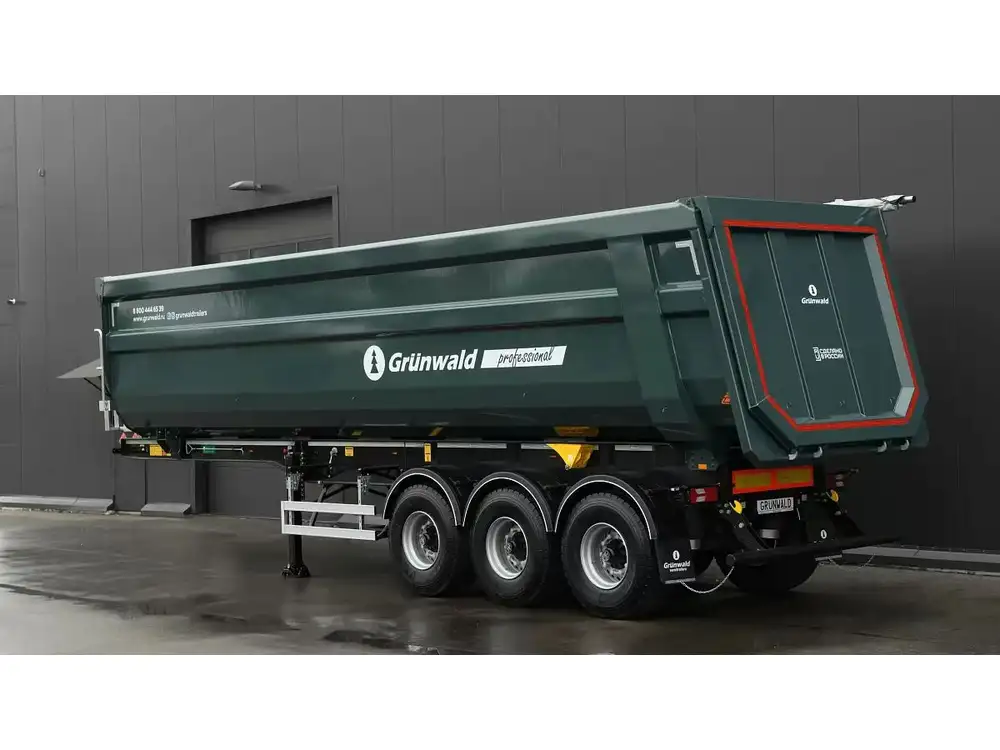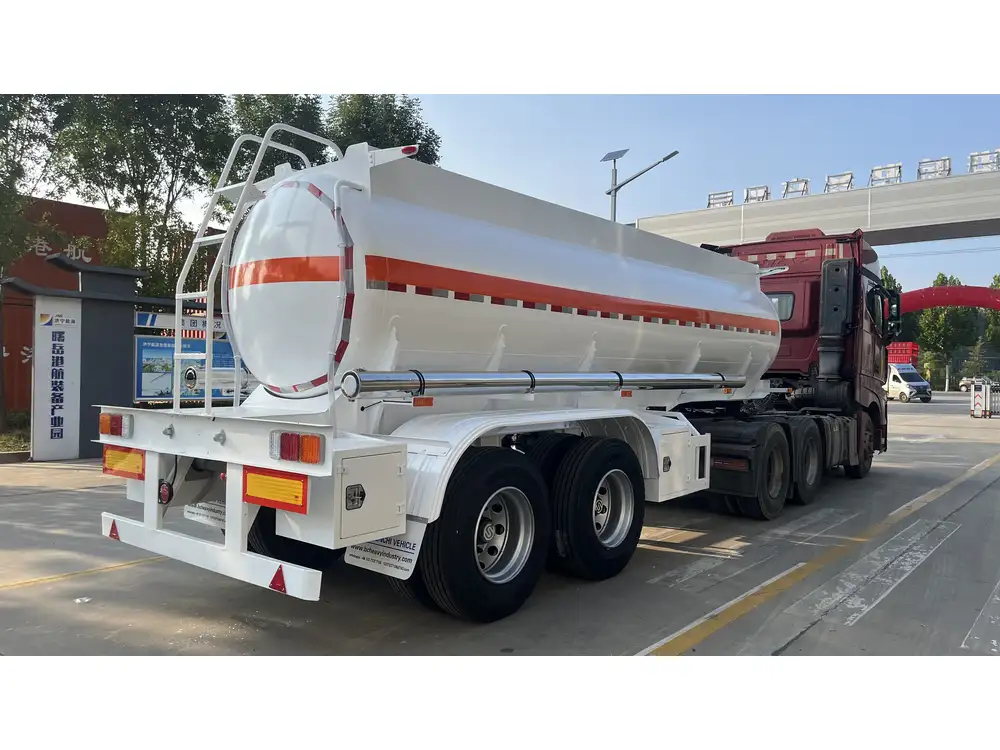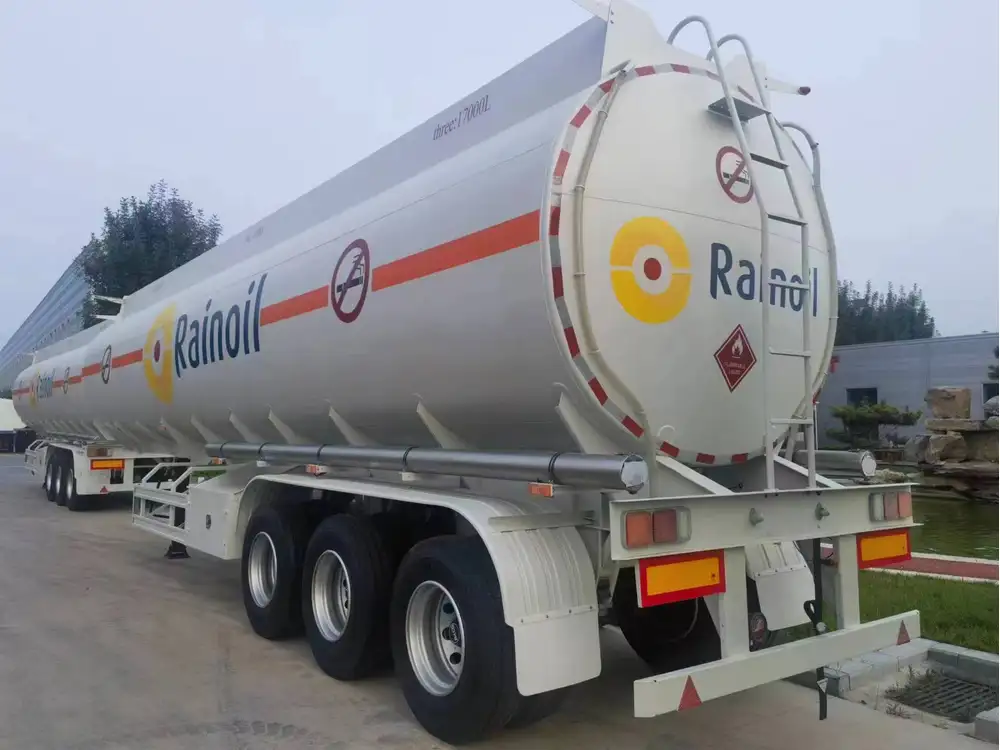Shipping container trailers are an integral part of freight logistics, offering a practical solution for transporting goods across long distances. Understanding the various dimensions of these trailers, particularly their width, is crucial for manufacturers, logistics companies, and end-users alike. This article delves into the specifics of how wide shipping container trailers are, the factors influencing their design, and the implications for shipping and transport operations.
Standard Widths of Shipping Container Trailers
When considering the width of shipping container trailers, it’s essential to distinguish between different types of trailers and their intended uses. The two primary types of trailers used for shipping containers are:
- Chassis Trailers: Designed to carry shipping containers only.
- Flatbed Trailers: Versatile trailers that can transport various loads, including containers.
Chassis Trailer Dimensions
For chassis trailers specifically designed to carry shipping containers, the standard width is typically 8 feet (2.44 meters). This width accommodates the most common container sizes, ensuring compatibility and ease of transport.
| Chassis Trailer Format | Width | Container Sizes |
|---|---|---|
| Standard chassis | 8 feet (2.44 meters) | 20-foot containers, 40-foot containers |
| Extended chassis | 8.5 feet (2.6 meters) | 40-foot containers, some 45-foot containers available |

Flatbed Trailer Dimensions
Flatbed trailers vary more in their width due to their multifunctional nature. However, they also generally adhere to the standard width to comply with road regulations. The most common widths for flatbed trailers are:
| Flatbed Trailer Type | Width | Notes |
|---|---|---|
| Standard flatbed | 8.5 feet (2.59 meters) | Can carry containers, vehicles, or oversized loads |
| Specialized flatbed | Up to 12 feet (3.66 meters) | Designed for specific loads or oversized containers |
Why Width Matters in Shipping Container Trailers
Compliance with Road Regulations
The width of shipping container trailers must comply with regulations set by highway authorities. In many jurisdictions, the maximum legal width for vehicles on public roads is 8.5 feet (2.59 meters). Exceeding this width can result in permits being required for oversized loads, impacting transportation efficiency and cost.

Compatibility with Shipping Containers
Shipping containers are designed to standard dimensions, primarily for international shipping. Consequently, the width of trailers that transport these containers must match their dimensional specifications to ensure a secure fit. The most prevalent containers have the following dimensions:
| Container Type | Length | Width | Height |
|---|---|---|---|
| 20-foot container | 20 ft | 8 ft (2.44 m) | 8.5 ft (2.59 m) |
| 40-foot container | 40 ft | 8 ft (2.44 m) | 8.5 ft (2.59 m) |
| 45-foot container | 45 ft | 8 ft (2.44 m) | 9.5 ft (2.89 m) |
Stability and Safety
The width of a trailer also contributes to its stability while in transit. A wider trailer has a lower center of gravity, which minimizes the risk of tipping, especially when navigating tight turns or uneven terrain. This is particularly important in unsafe road conditions or while hauling heavy cargo.
Factors Influencing Trailer Design

Transport Type
The design and width of shipping container trailers can be influenced heavily by the type of transport involved. For example, intermodal transport systems that rely on railways and roads may require particular specifications that differ from those used in maritime transport.
Load Characteristics
The type of load being transported can significantly impact the dimensions of a trailer. Heavier or oversized loads may necessitate wider or heavier-duty trailers to ensure safety and compliance with legal limits.
Regional Variations
Transportation regulations can vary by region, affecting the size of trailers permissible for use. For example, some regions allow for wider trailers for specialized transport, while others adhere strictly to the 8.5 feet standard.

Implications for Freight Logistics
Understanding container trailer widths has significant implications for freight logistics providers. Here are several key considerations:
Selecting the Right Trailer
Freight companies must be well-versed in selecting the proper trailer for their shipments. Utilizing trailers that are appropriately sized enhances compatibility with containers and reduces the likelihood of delays due to regulatory issues.
Cost Efficiency
A poorly chosen trailer can lead to increased costs due to fines or additional permits required for oversized loads. Ensuring the right trailer size not only meets compliance but also helps optimize operational costs.

Loading and Unloading Efficiency
Width affects how easily containers can be loaded and unloaded from the trailers. A standard width promotes greater accessibility and can minimize loading times.
Future Trends and Innovations
As the logistics industry evolves, so too does the design of shipping container trailers. Innovations are being explored to improve efficiency, sustainability, and adaptability.
Modular Trailer Designs
Future designs may include modular trailers that can adjust their width and other dimensions depending on the load being transported. This adaptability can enhance operational flexibility and accommodate a wider variety of cargo types.

Enhanced Materials and Technologies
The development of lighter yet stronger materials could lead to a reduction in the overall weight of trailers, allowing for increased cargo capacity without exceeding regulatory limits. Integrating smart technologies could also monitor load distribution, enhancing safety and compliance.
Conclusion
Understanding the width of shipping container trailers is crucial for logistics companies, manufacturers, and anyone involved in the transportation of shipping containers. With standard widths commonly set at 8 to 8.5 feet, careful consideration must be given to compliance, load safety, and efficiency in logistics operations. As the industry continues to innovate and adapt, being informed and prepared will remain essential for businesses looking to thrive in the ever-evolving landscape of freight transport.
Incorporating future trends and understanding current regulations will empower stakeholders to make informed decisions, enhance operational capacities, and ultimately optimize the entire shipping process.



